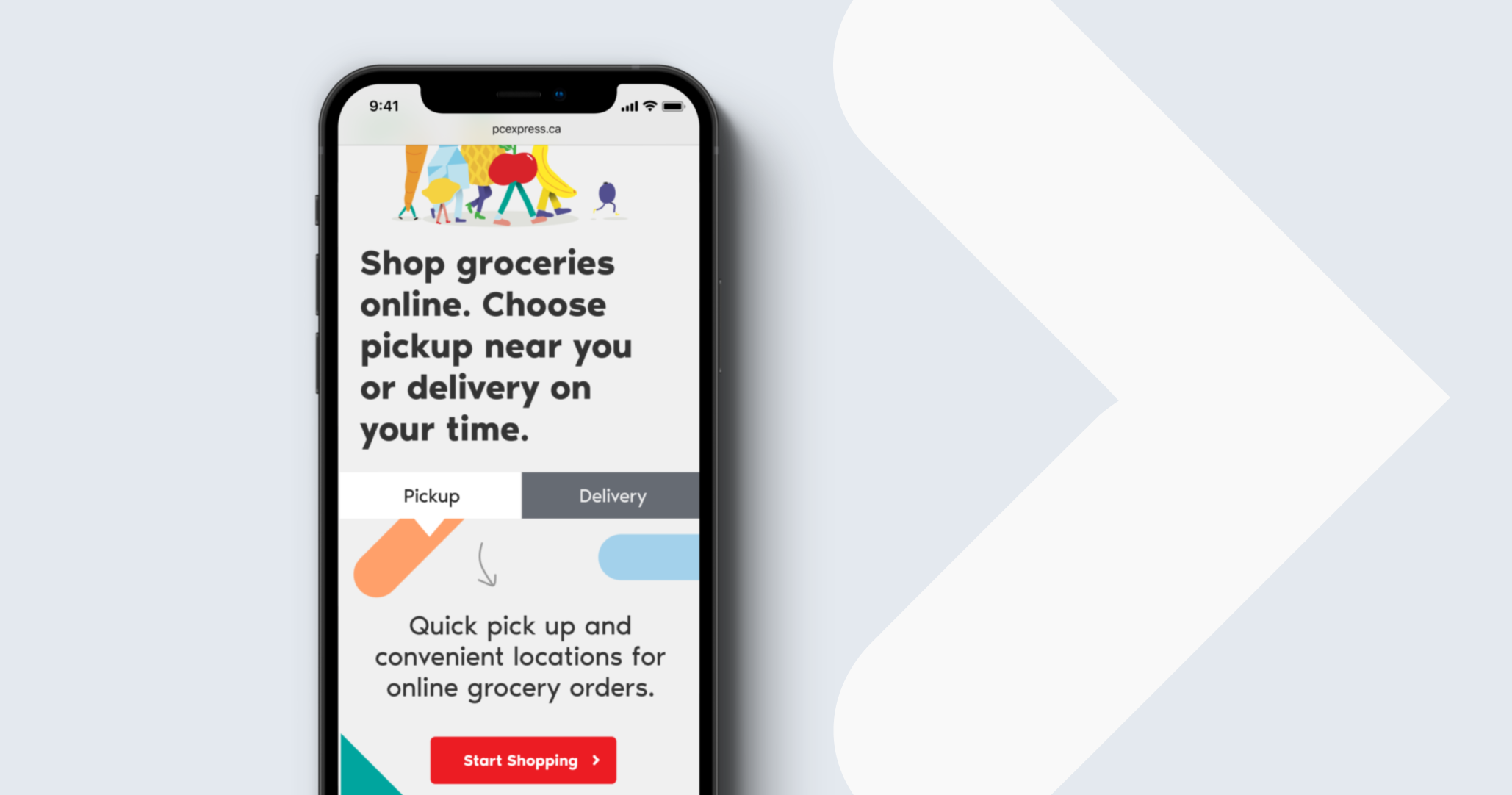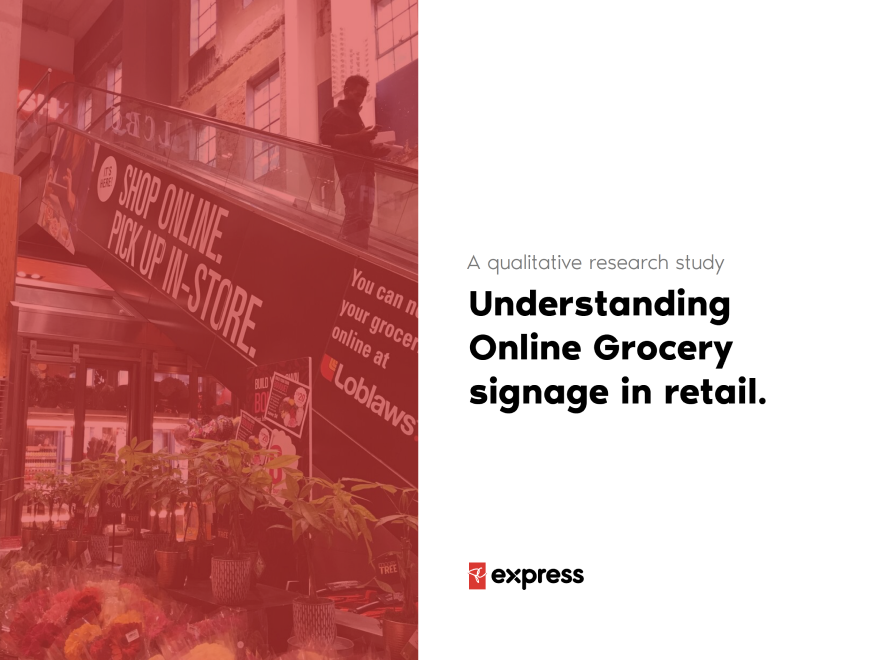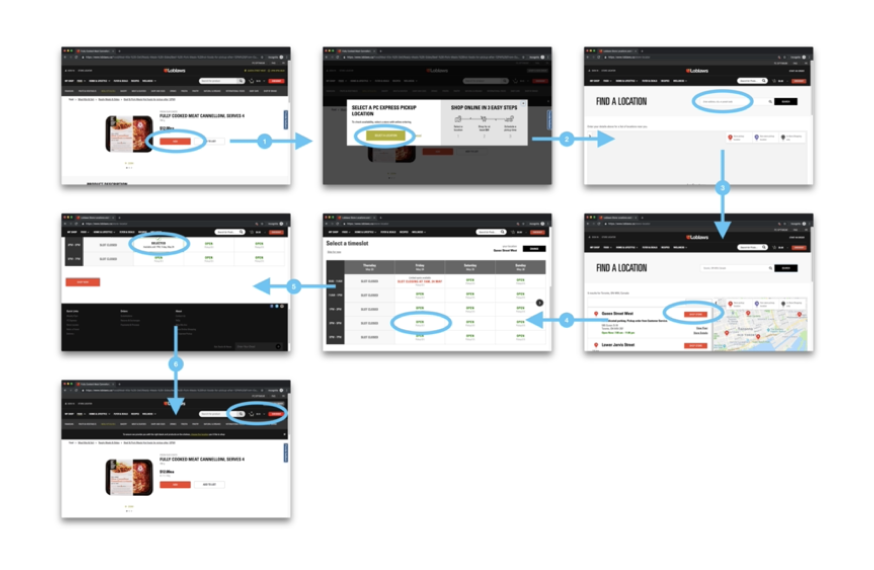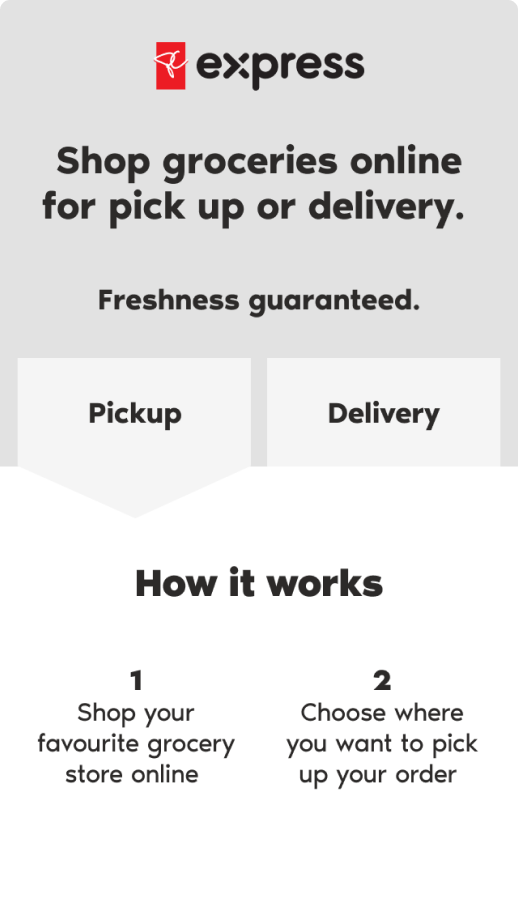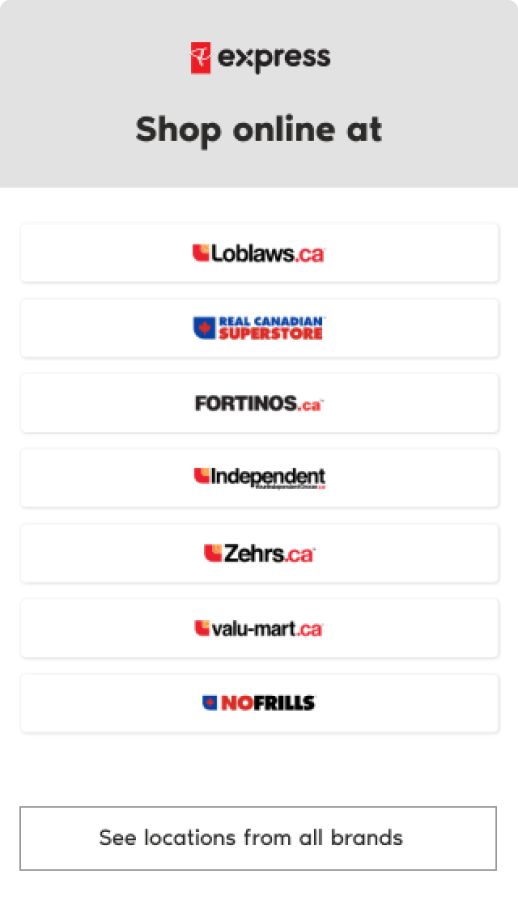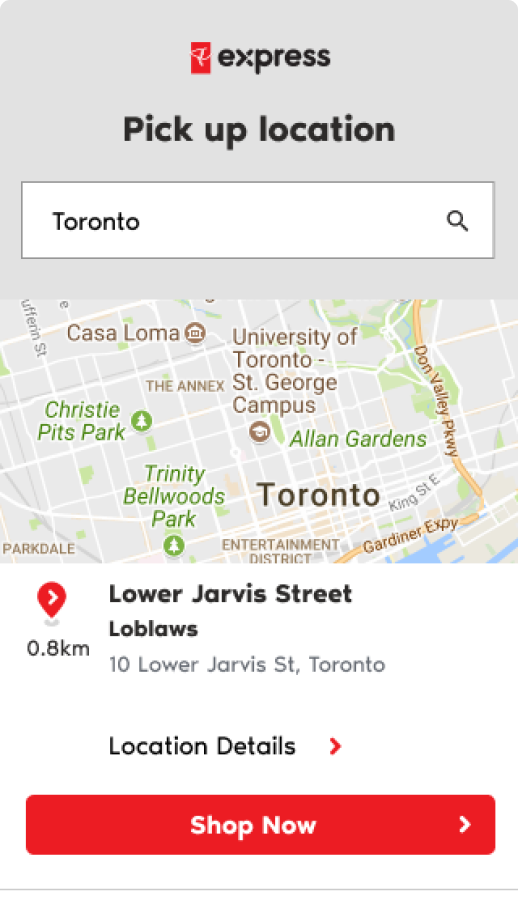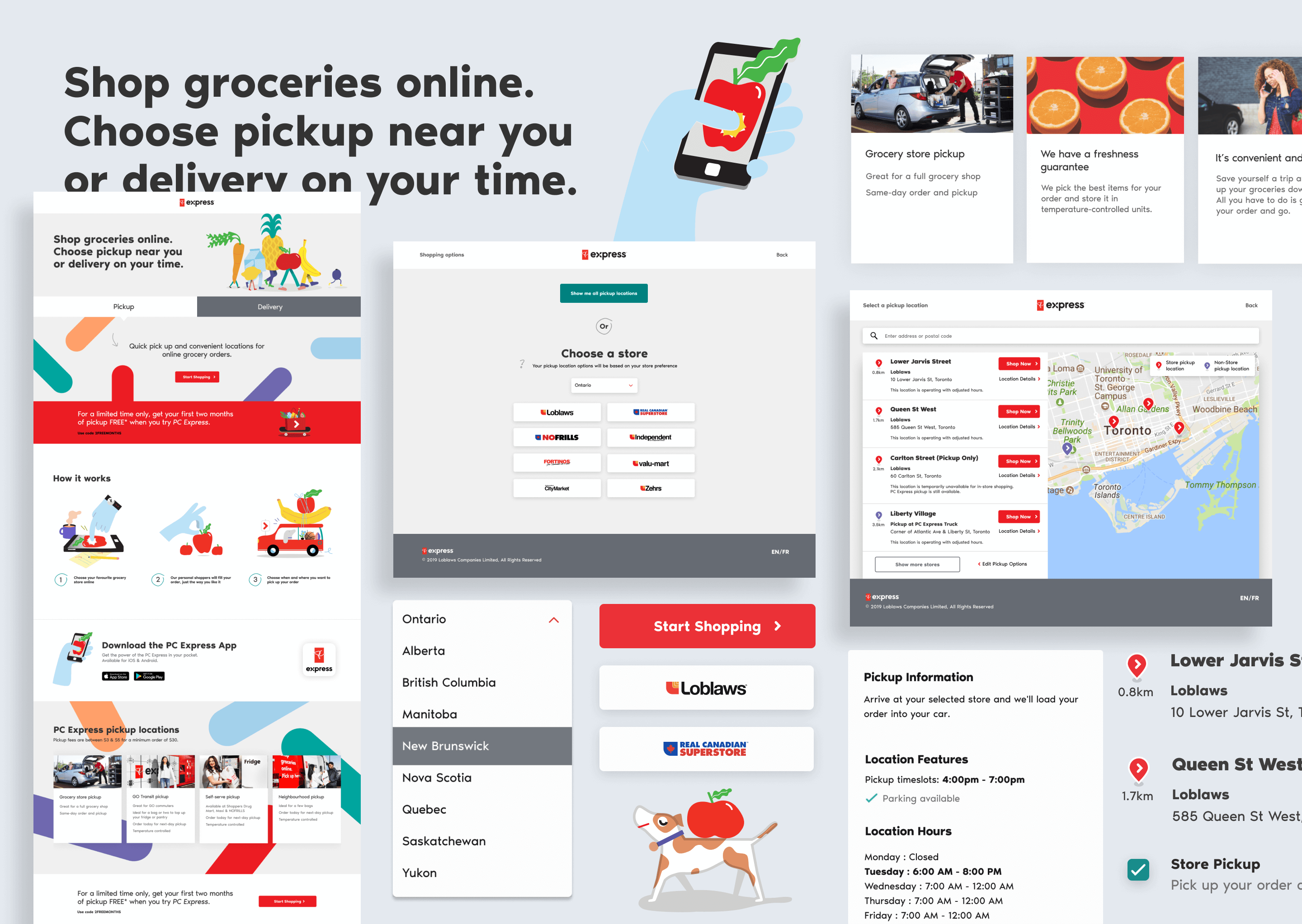Initial Research
Online Grocery signage in retail
To help us better understand how customers engage with existing messaging, I went into stores to intercept customers and talk to them about the in-store signage for online grocery and learn about their awareness and understanding of the service.
I had some core hypothesis:
- Customers didn’t fully understand the service
- Customers want to see the added value over going to shop in-store
- Customers ignore in-store signage not related to their shopping goals
I visited a range of stores small and large across urban and suburban areas to talk to a breadth of customers with differing needs. The study yielded insights that helped inform the teams as we began developing the new brand experience.
